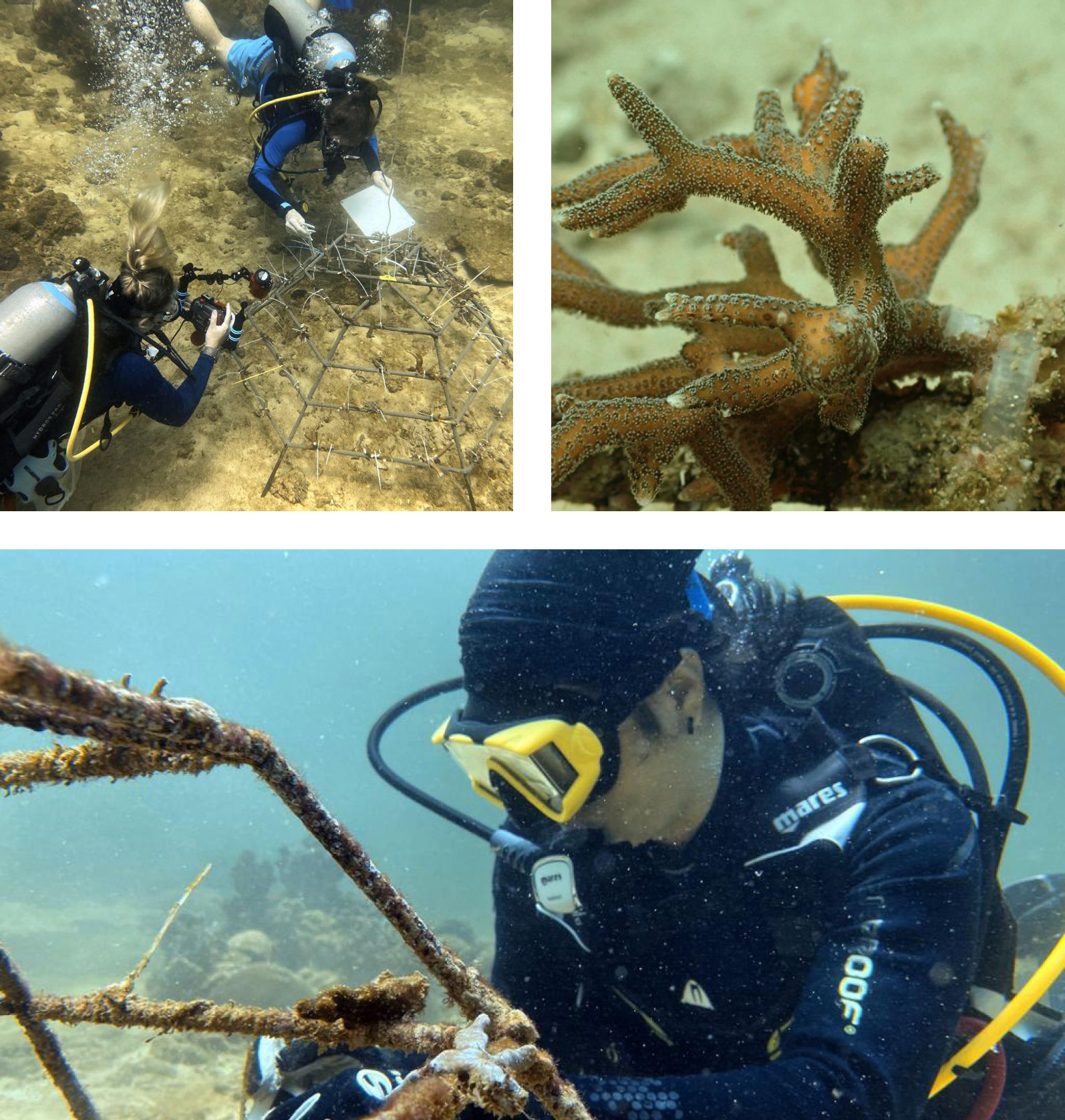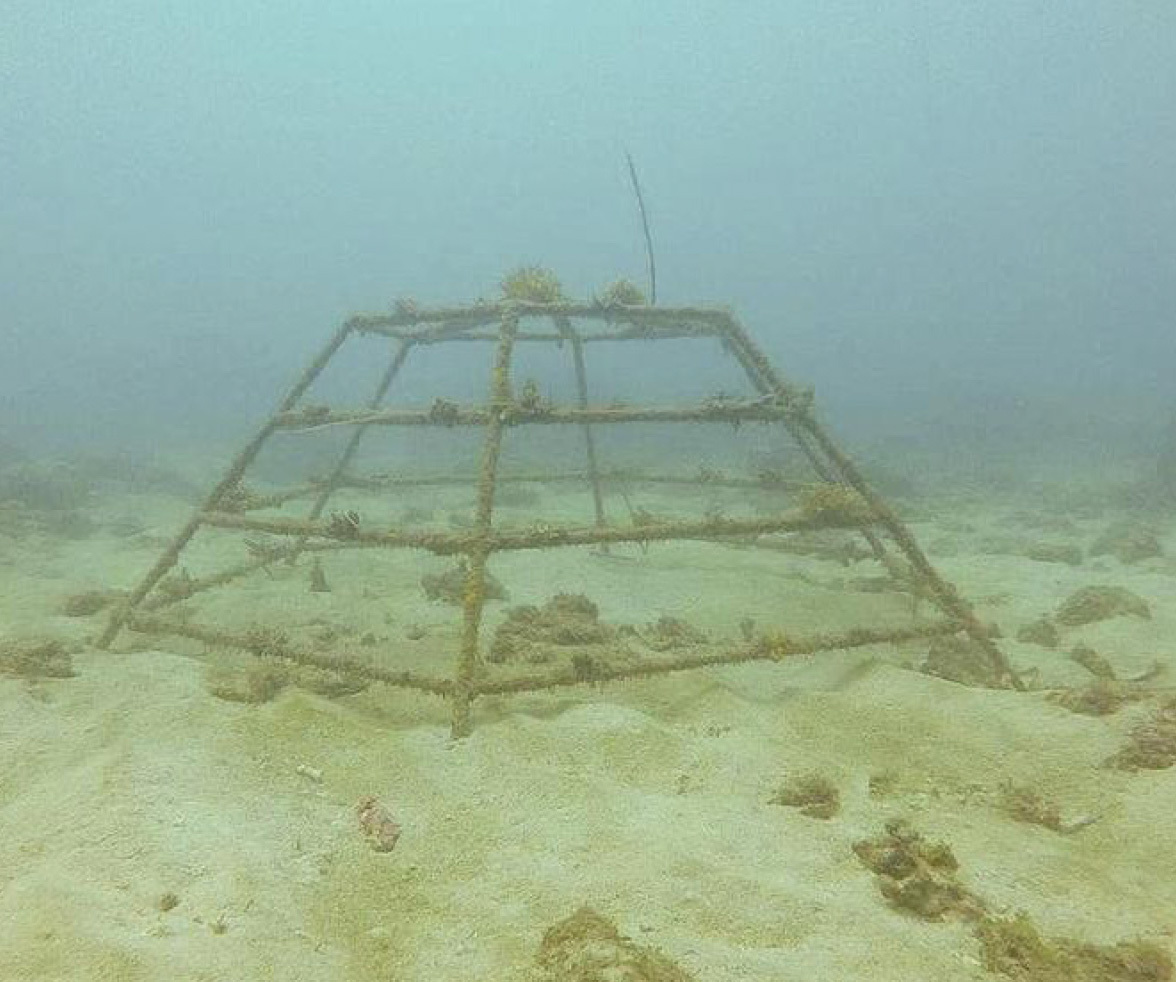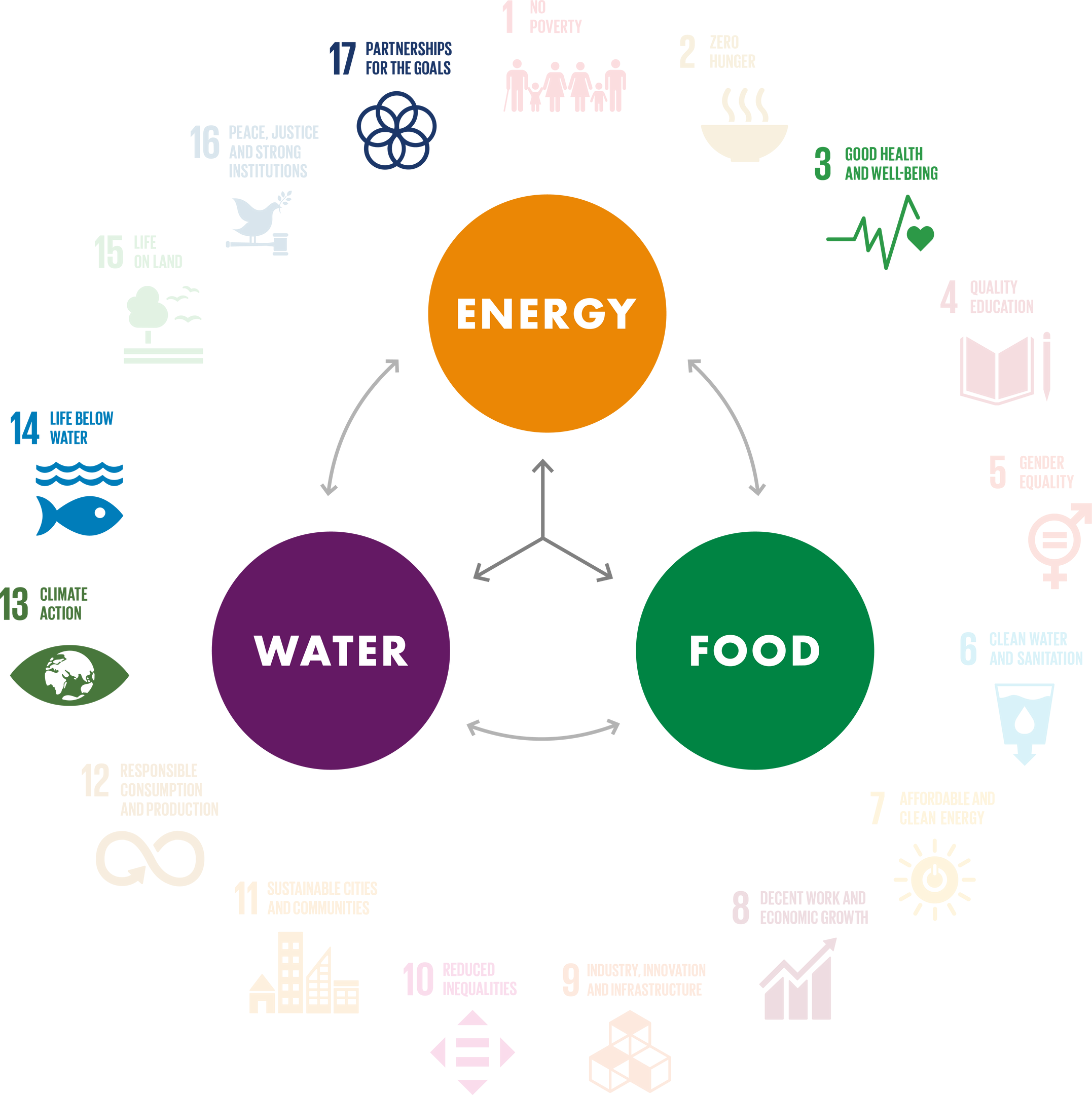Reef Check, a non-governmental organisation that participated in NXplorers, started their project to help increase the success rate of coral restoration in Brunei Darussalam, with the long-term goal of halting the rise in sea temperatures. Their aim was to create a sustainable solution to tackle sea level changes and adverse climate change in their local community, and work towards the UN’s Sustainable Development Goals (SDGs): life below water, partnership for the goals, good health and well-being and climate action.
One of the most significant impacts of climate change is the warming of not only of our atmosphere, but also of our lands and waters. Rising sea temperatures can threaten marine plants and animals by impeding migrations, reproduction and other critical life processes.
Recent studies conducted by the Intergovernmental Panel on Climate Change suggest that more than 70-90% of coral species will be lost if temperatures rise to 1.5℃ above pre-industrial levels. If global temperatures continue to rise at the current rate, it is predicted that a 1.5℃ rise will occur as early as between 2030-2052. Extensive research has shown that when water temperatures exceed 30℃, corals become stressed, their symbiotic algae is expelled and bleaching occurs. If temperatures do not lower, coral death will be imminent. Brunei experienced such an event in 2010.
Relearn project skills
While using NXplorers tools such as the Connections Circle, Scenario Planning and Persuasion Pyramid, the team devised different options and methods for coral restoration while anticipating the potential challenges they might face. By employing the Persuasion Pyramid, they managed to secure a grant to further boost their project resources.
NXplorers’ unique approach helped the project team to look at things from a different point of view, especially when tackling difficult issues, and the Feasibility Funnel enabled them to filter information quickly and develop a better plan of execution as the year went on.
Rethink method of coral restoration
Reef Check revamped the method of replantation of the corals by choosing PVC pipes, which they used to build a coral nursery, to prepare and grow the corals before moving them to the sea.
They conducted extensive research on the local sea current to better determine the best time and site to start their nursery, to ensure a greater survival rate and planting success. Gaining feedback from local volunteer divers on completion of the project has provided the team with new ideas for refining methods and adjusting their timings, which depend on weather conditions and sea temperature.
The plant site(s) were planned in such a way that the team has easy access to conduct further studies and monitoring, which is crucial for data collection and research.

Conclusion
With collaboration with other countries, we can help to achieve the goals of the Paris agreement, reduce carbon emissions to zero and work towards the UN’s SDGs. This project is just one example of how we can reduce the impact and effects of climate change. The pilot project completed 10 coral frames and deployed them across two dive sites in Brunei. Reef Check hope that the results of this pilot will attract new types of fish and other marine life to the area, as well as allow them to study in greater depth the positive impact their project could have on coral restoration. They are confident it will also offer guidance and aid to neighbouring countries also suffering from rising sea levels and coral decline.

How This Project Contributes To The UN SDGs
3. Good health and well-being
Ensure healthy lives and promote well-being for all at all ages.
13. Climate action
The solution takes steps to take urgent action to combat climate change and its impacts.
14. Life below water
Conserve and sustainably use the oceans, seas and marine resources for sustainable development.
17. Partnership for the goals
Working with various government & non-government partners and volunteers.

Diagram of the United Nations’ Sustainable Development Goals numbered in a large circle, each with a smaller diagram below to represent the specific Development Goal. All of the Development Goals are faded, apart from four of them:
3. Good health and wellbeing
13. Climate action
14. Life below water
17. Partnership for the goals
Within the circle there are three circles in a triangle formation reading ‘Energy’, ‘Water’ and ‘Food’, with arrows to show how they are all interconnected.